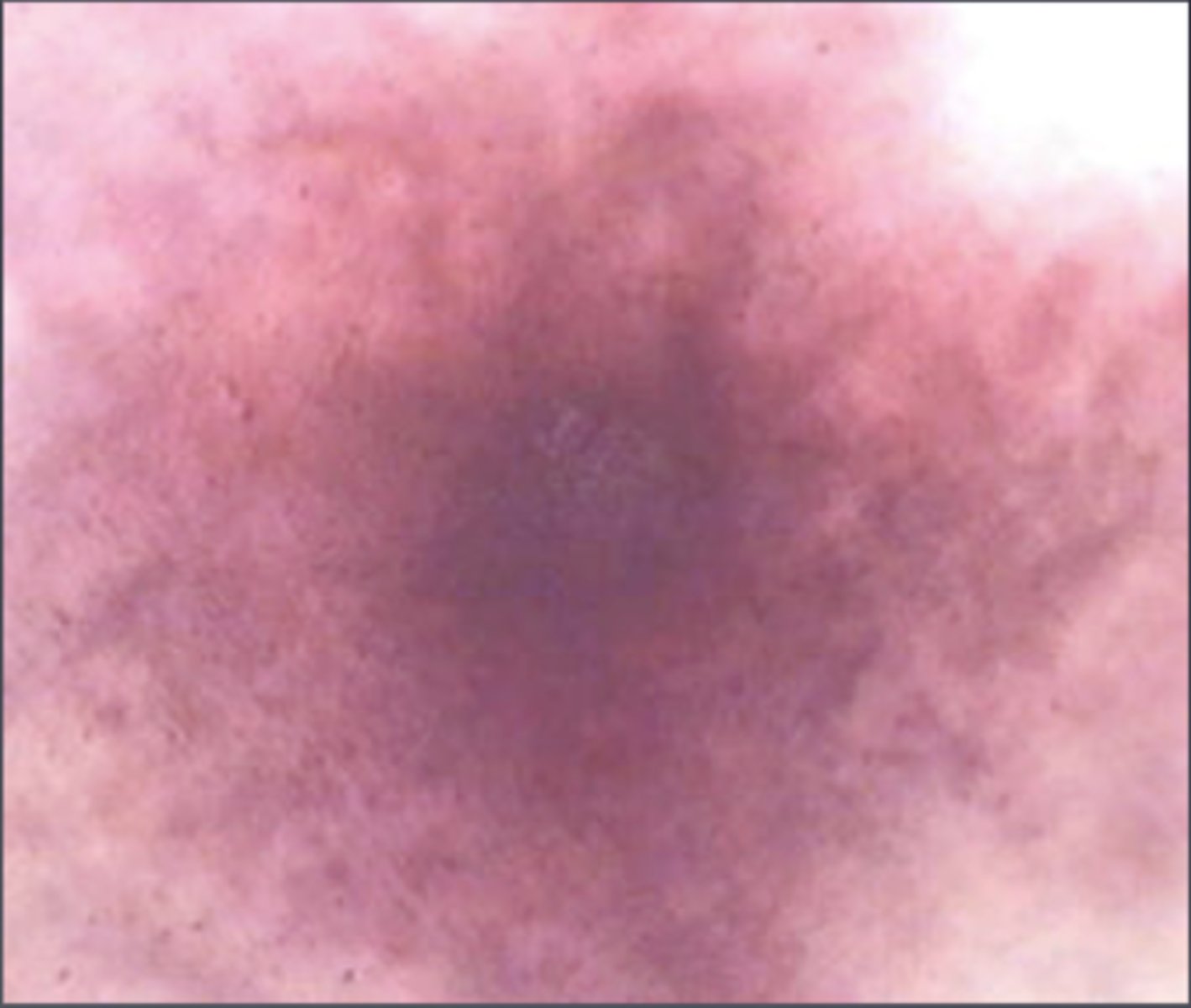Forensics Test Ballistics
1/57
There's no tags or description
Looks like no tags are added yet.
Name | Mastery | Learn | Test | Matching | Spaced |
|---|
No study sessions yet.
58 Terms
Ballistics
The study of guns & bullets
How can ballistics be used in forensics?
-Ammunition can be matched to a gun
-Cartridge cases left behind can be studied
Types of firearms
Handguns, rifles, shotguns, machine guns, air/BB guns
The most common type of firearm is the __________
handgun
Handguns
-Held in one hand, easy to carry
-Not accurate
-Limited to the number of bullets that fit in the magazine
-Types: revolver, semi-automatic
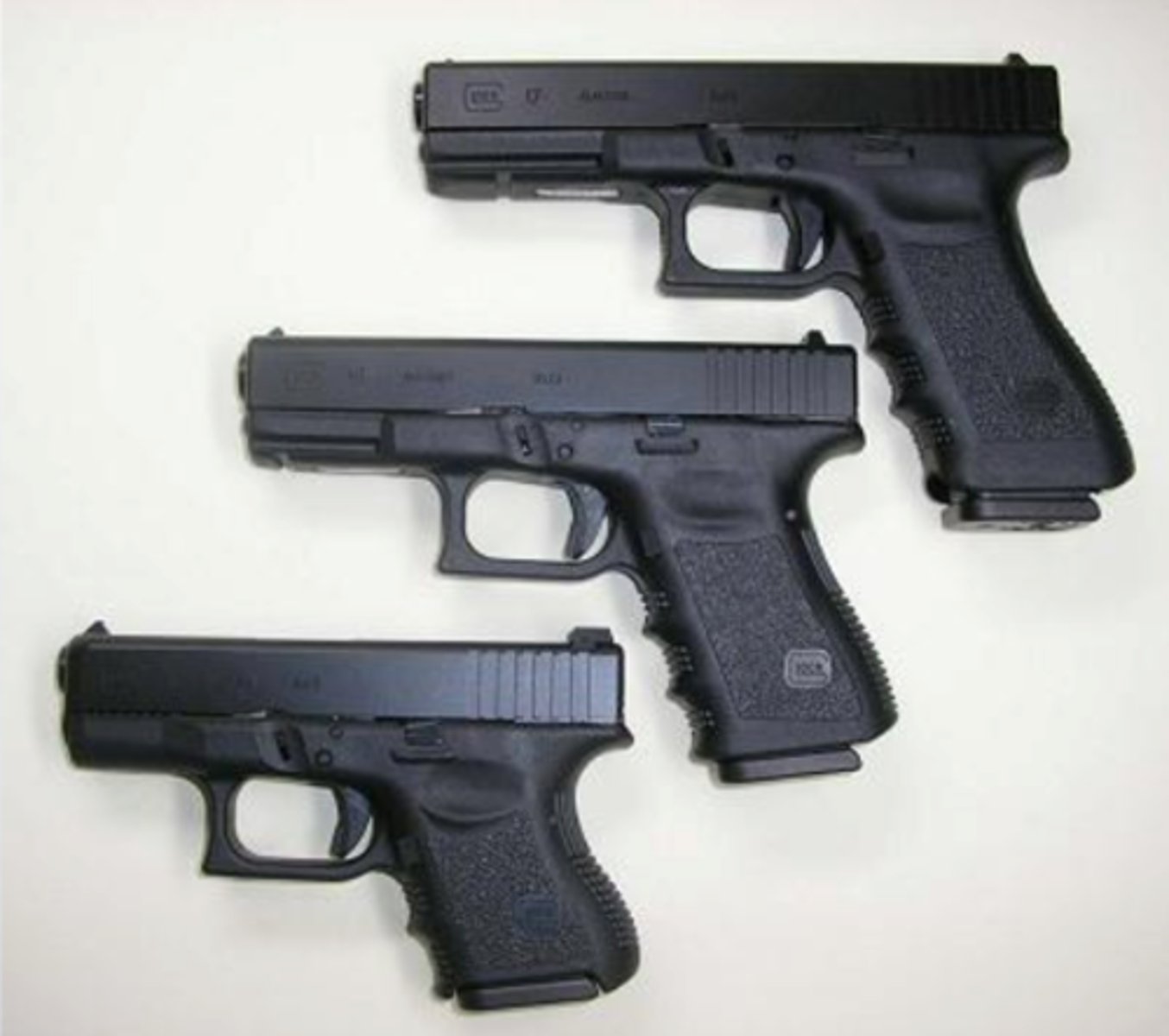
Revolver
-Type of handgun
-6 bullet-cylinder revolves around axis
-Reloaded by hand
-Does not eject spent shell
-Shoots 1 cartridge each time trigger is pulled
-Longer barrel --> more accurate
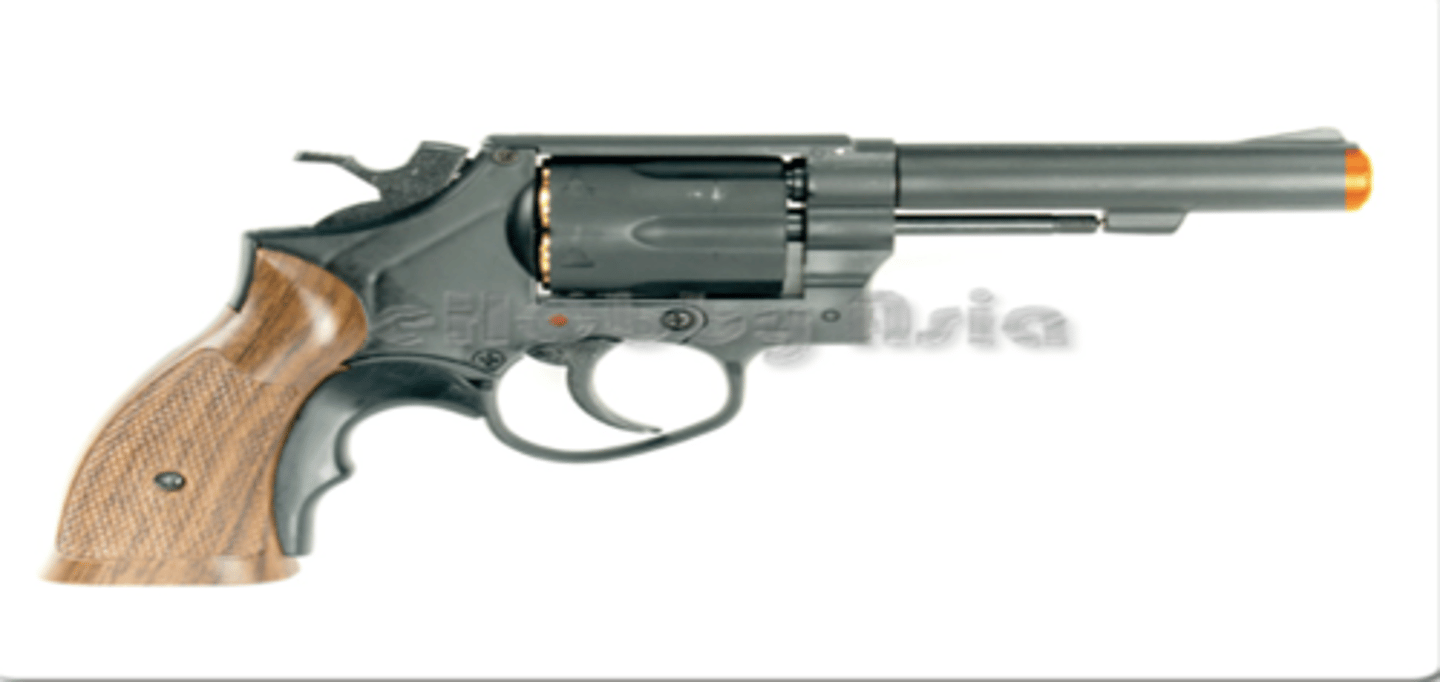
Semi-automatic
-Type of handgun
-Ejects empty cartridges
-Reloads automatically
-Magazine can hold 5-19 rounds
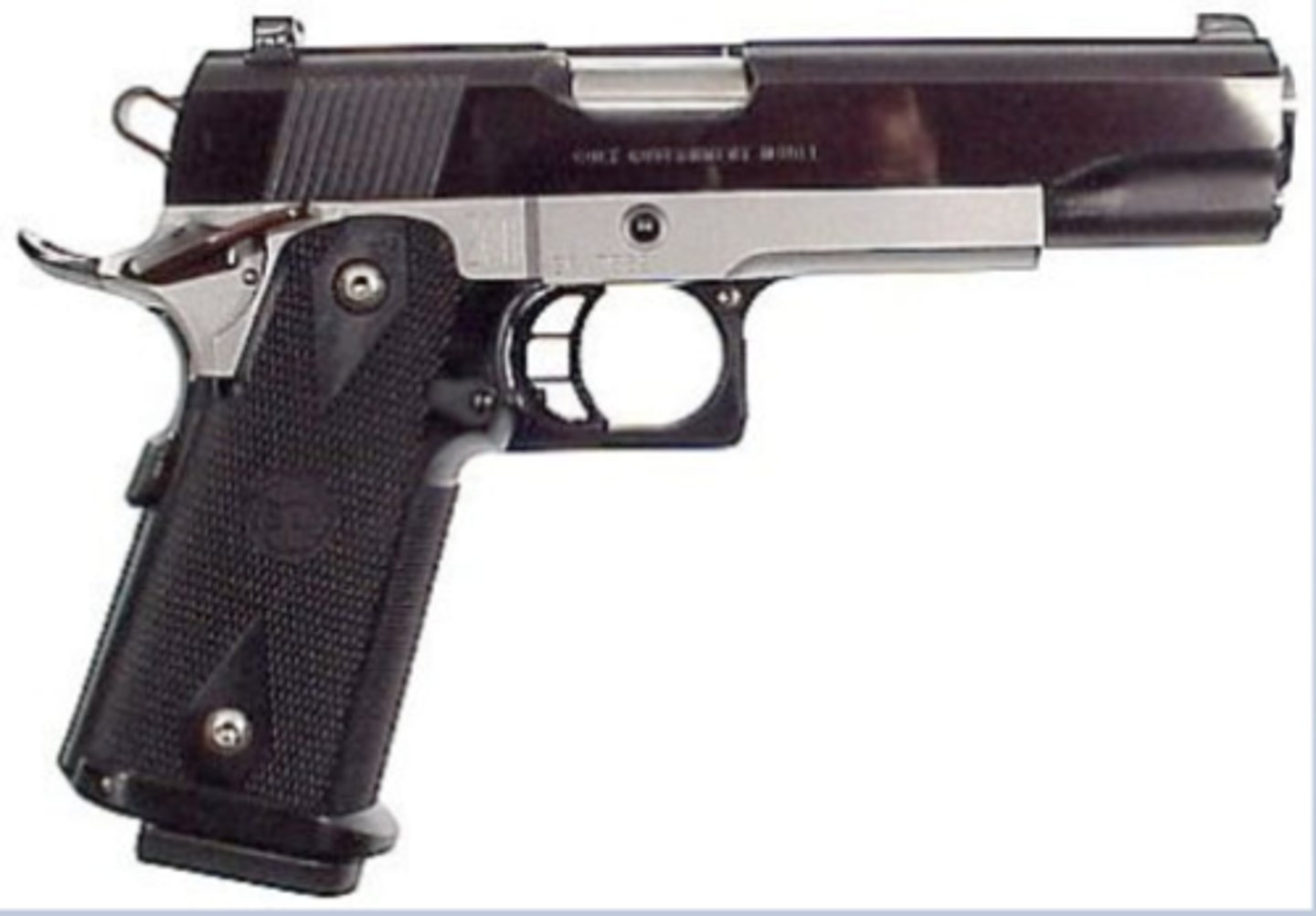
Rifle
-Long barrel
-More powerful cartridges: better range and accuracy
-Sharpshooting/hunting
-Not common for crimes due to size

Shotguns
-Similar to rifle except shoots a packet of spherical pellets
-Inside of barrel is not rifled
-Not accurate (spray)
-Carried by police because not aiming to kill
-Used for hunting birds and small game, close quarters/defensive combat, target shooting
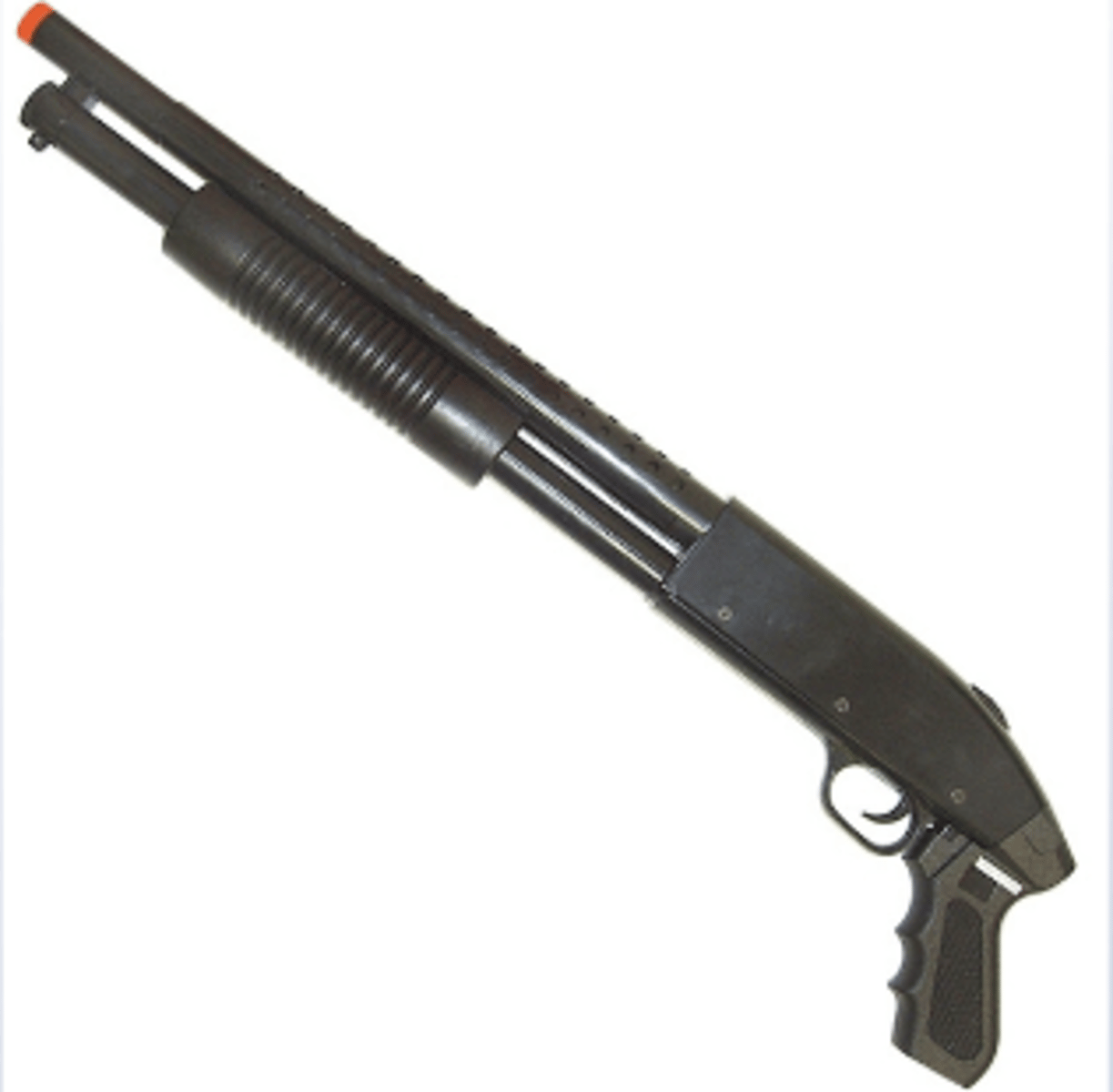
Machine guns
-Military weapon
-Fully automatic, keeps firing when triggers is held back
-Fires bullets in quick succession from ammo belt/magazine - several hundred rounds per minute
-Stabilizer on ground + handle
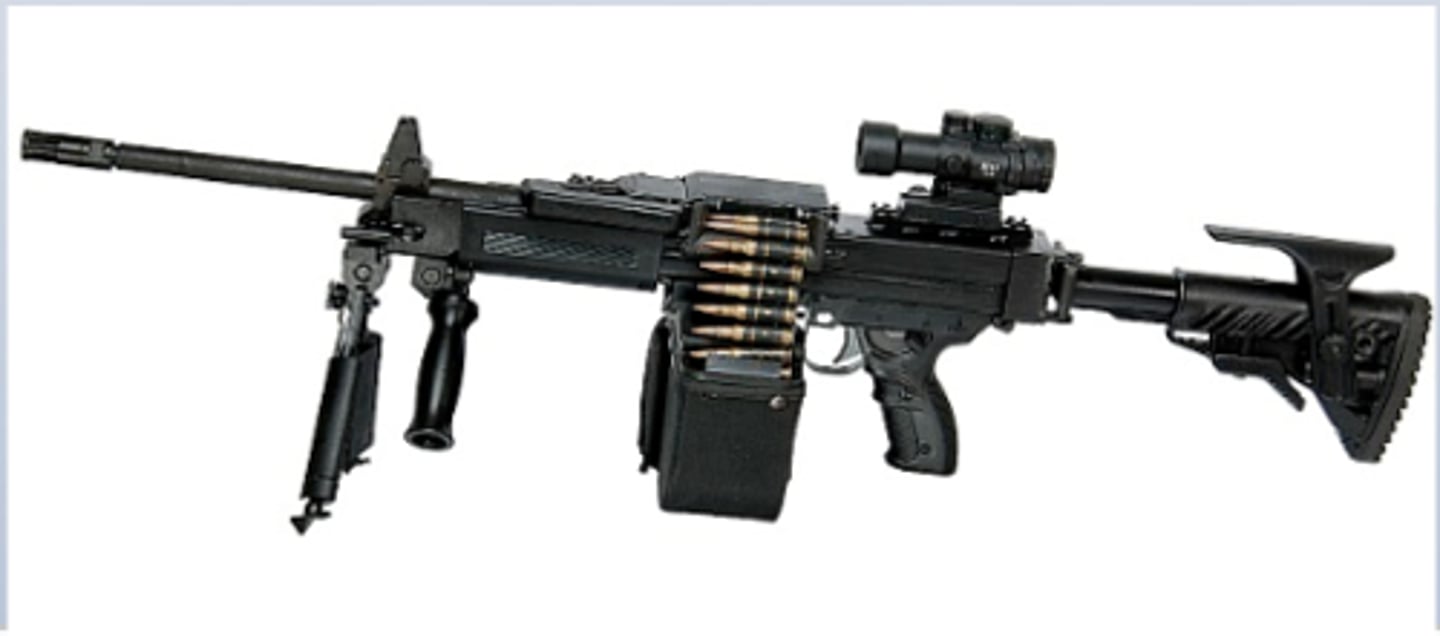
Air guns/BB guns
Shot/pellets propelled by pressurized air, spring compression, or CO2 cartridge
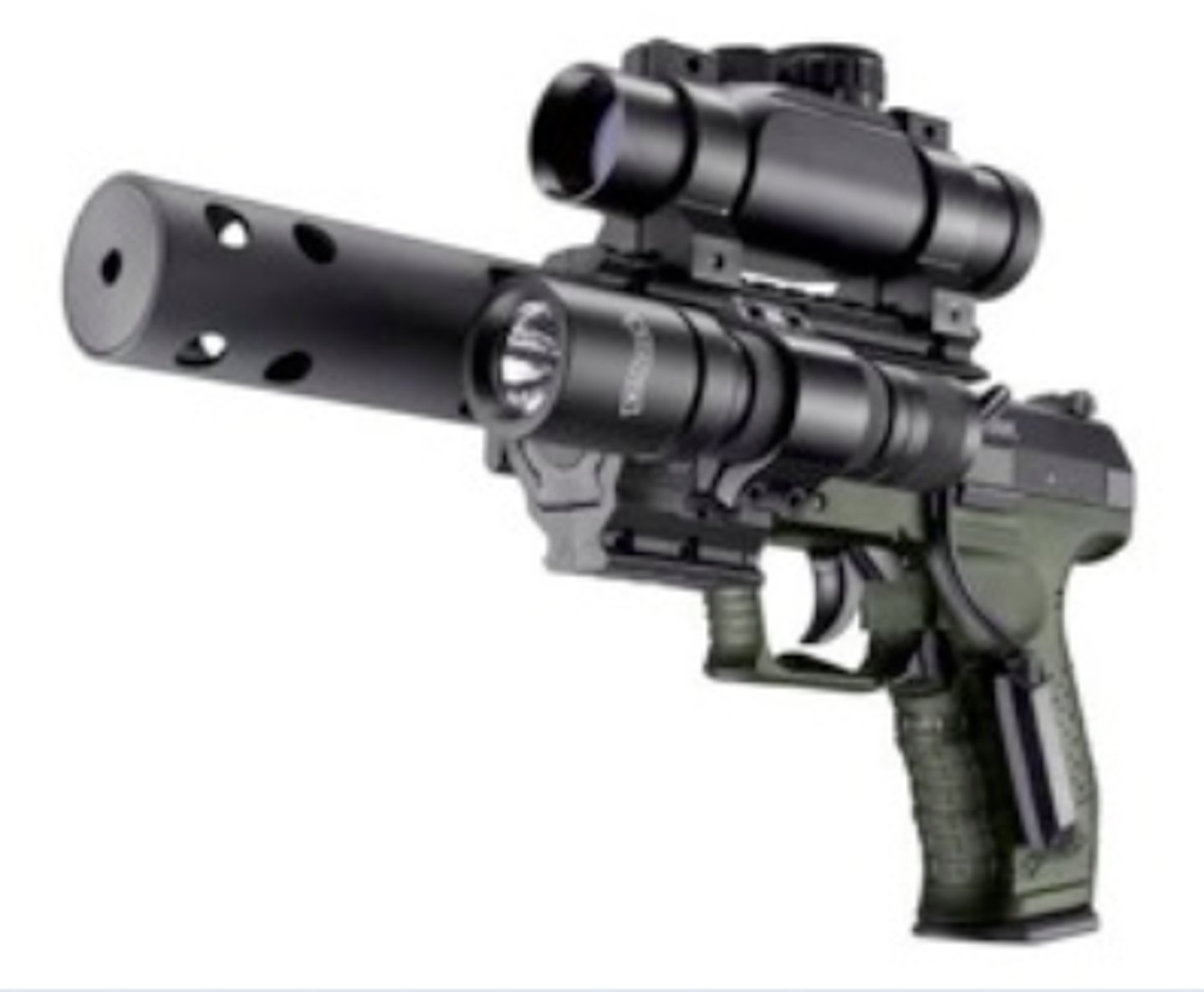
Parts of a handgun
Breech face, firing pin, magazine, chamber, barrel (lands and grooves), extractor, ejector
Breech face
-Part of the gun that contains the firing mechanism
-Firing pin comes through hole
-Cartridge case slams against breech face and creates a mark
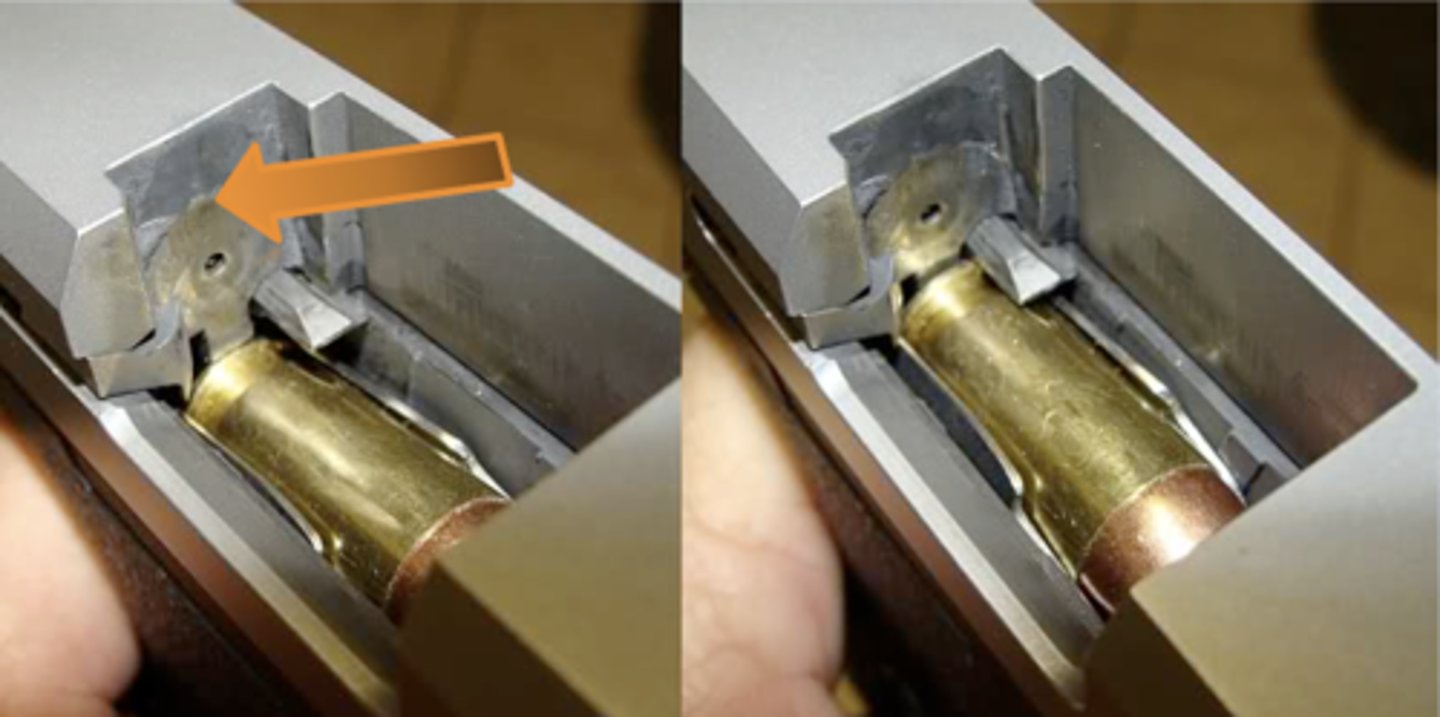
Firing pin
Strikes the primer, which ignites the gunpowder

Magazine
Container that holds the ammunition under spring pressure to be fed into the gun's chamber

Chamber
Where the ammunition sits before it is shot
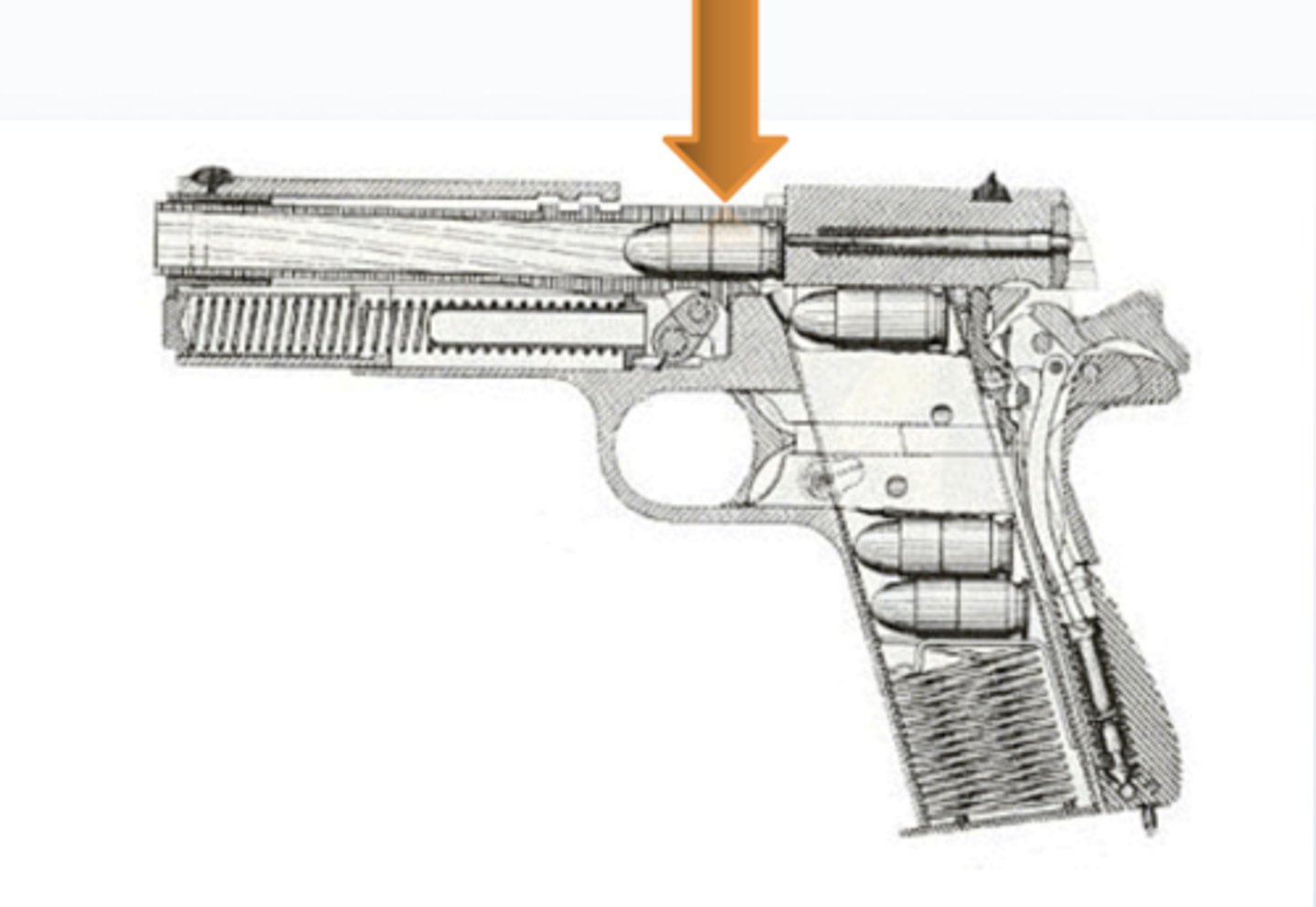
Barrel
Rifled except for shotguns
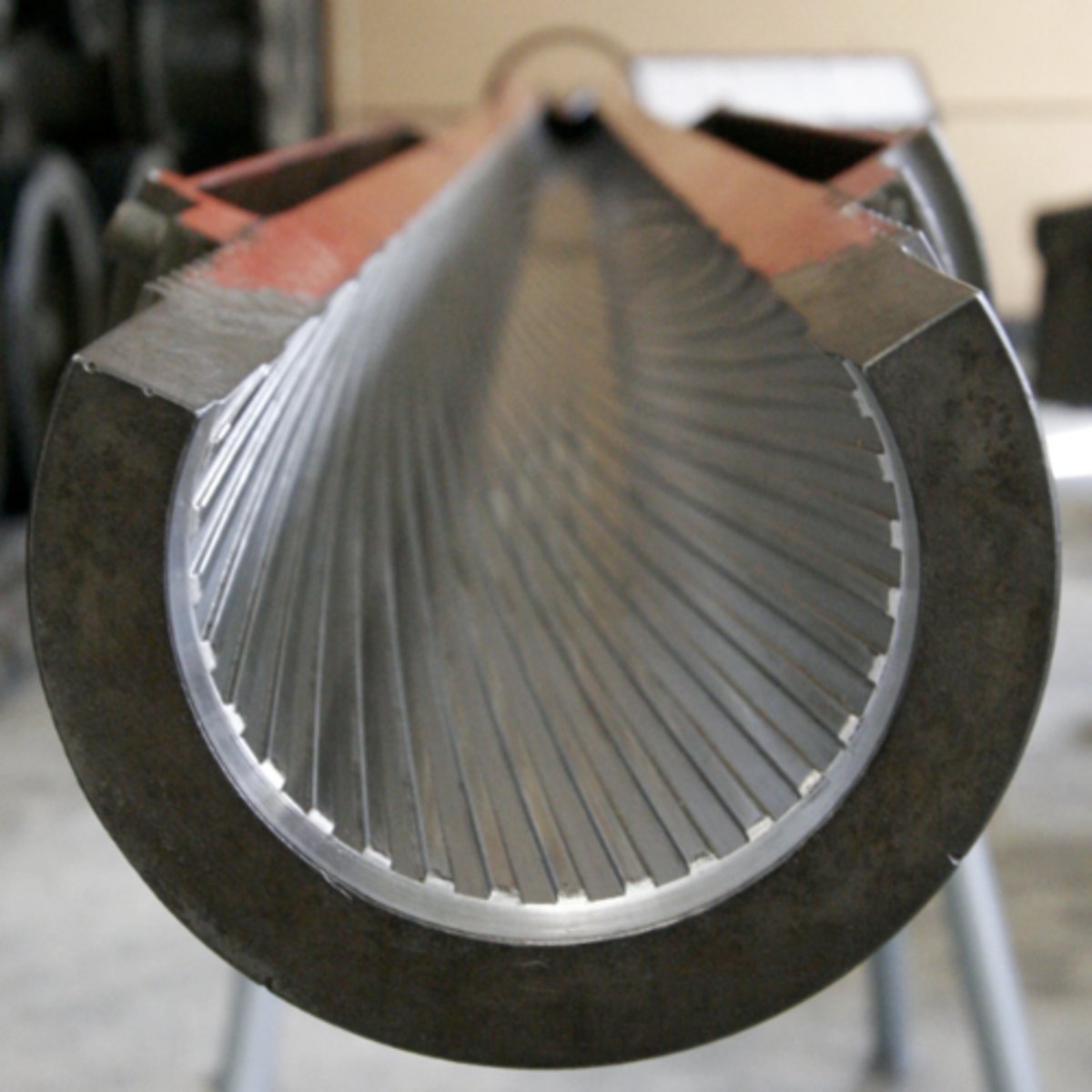
Bore
Diameter of a gun barrel
Lands and grooves
-Grip the bullet in a spiral to give it a straight trajectory
-Lands = raised, grooves = cuts
-Impart markings on the bullet as it travels down the barrel of the gun
-Only on rifles and handguns

Extractor
Hooked part that pulls the spent casing
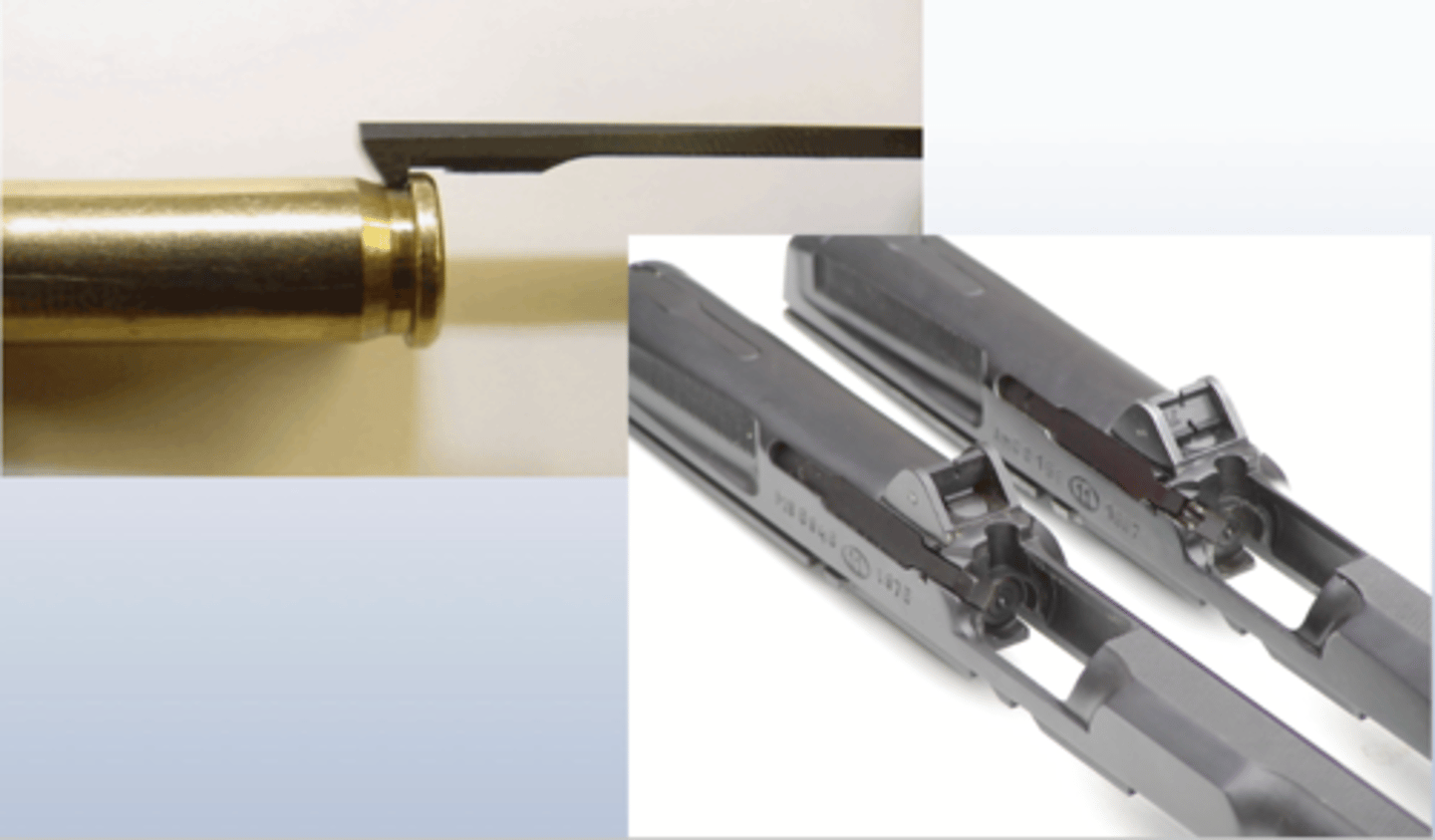
Ejector
Ejects the spent casing from the gun
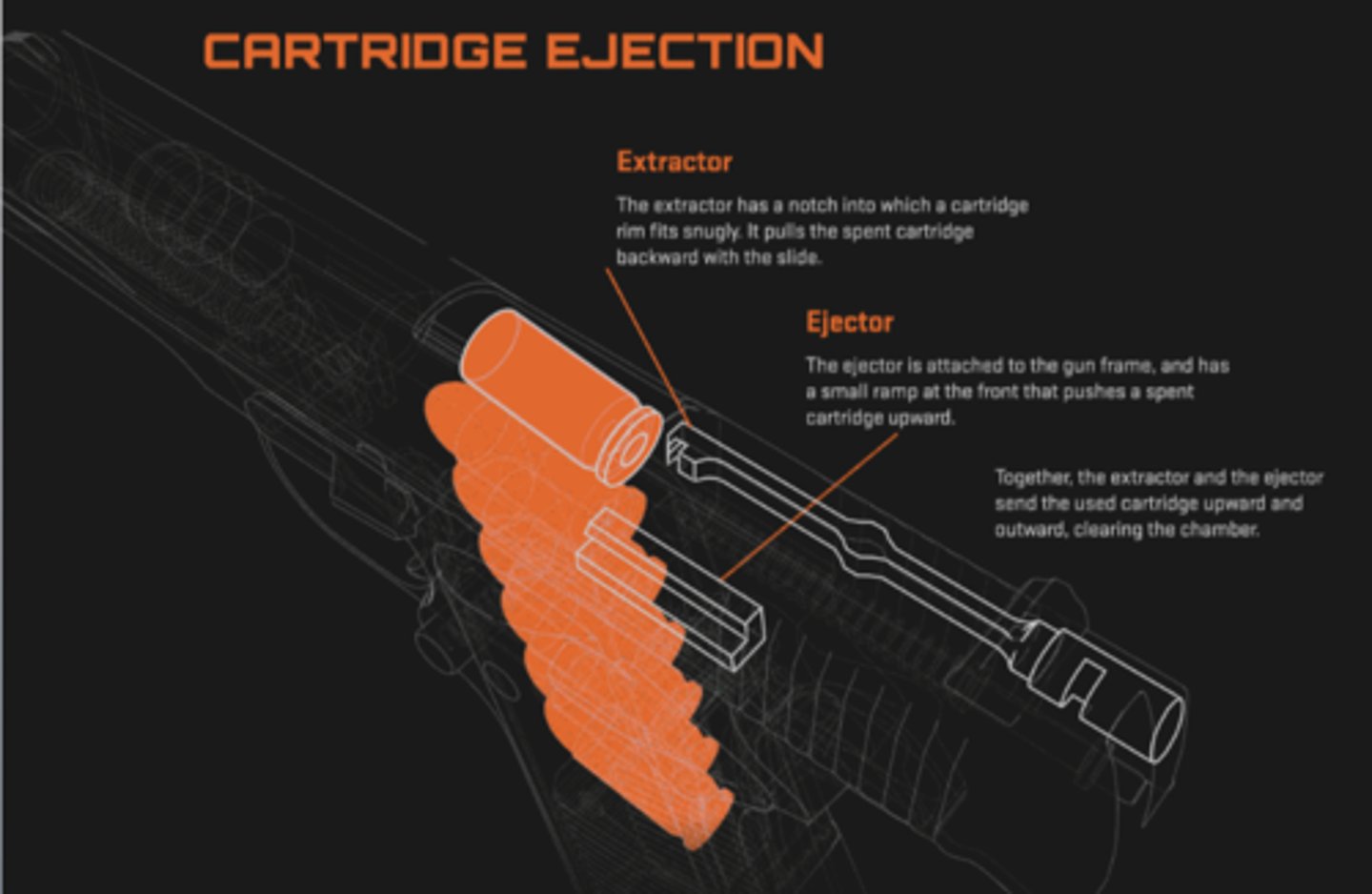
4 components of ammunition
1) Cartridge case/shell/casing
2) Primer
3) Propellant
4) Projectile (bullet)

Cartridge case
Contains the primer, propellant, and projectile
Primer
-On the very edge of the cartridge case
-Firing pin hits the cartridge case and strikes the primer, which ignites the propellant
Propellant
Gunpowder that explodes and releases pressure on the bullet
Projectile
Bullet, detaches from cartridge case
Handgun vs shotgun ammunition
-Handgun uses the standard cartridge case (1 per bullet)
-Shotgun has primer, gunpowder and a wad of plastic that pushes all pellets out by pressure
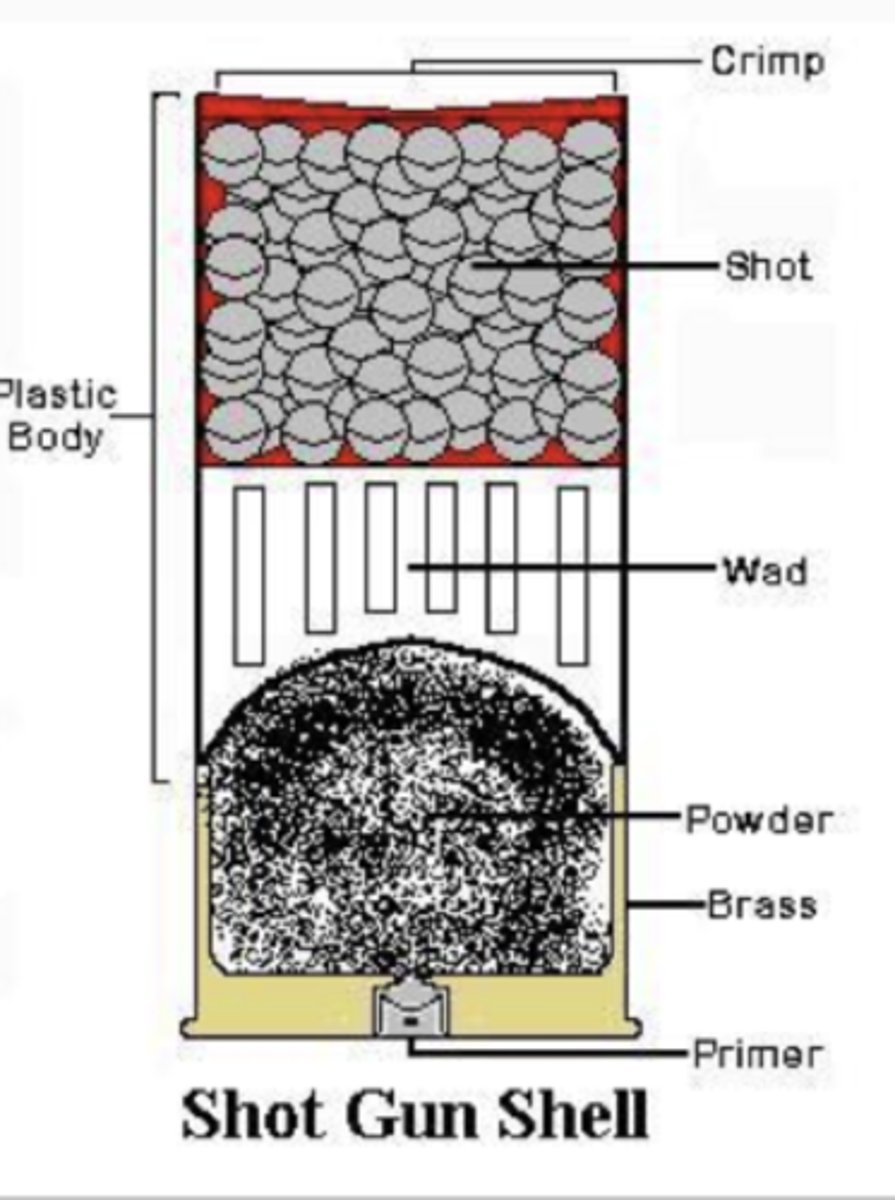
What are bullets made of?
Made of lead, sometimes jacketed with brass, copper or steel
Why are bullets made of lead?
-Dense = more inertia
-Cheap
-Soft and moldable
Why are bullets jacketed?
-To discourage disfiguration so it can penetrate a substance
-Extremely resilient
Caliber
Diameter of the bullet (bigger number = larger)
Grains
British units used to express bullet weight
Cannelures
-Groove/ridge around the cylindrical part of the bullet (perpendicular to rifling)
-Allows cartridge case to grip the bullet until the gunpowder builds enough pressure to eject the bullet

Types of bullets
-Full metal jacket
-Jacketed soft point
-Jacketed hollow point
-Lead round nose
-Wad cutter
-Semi wad cutter
Full metal jacket
-Fully encased
-Resilient, keeps its shape
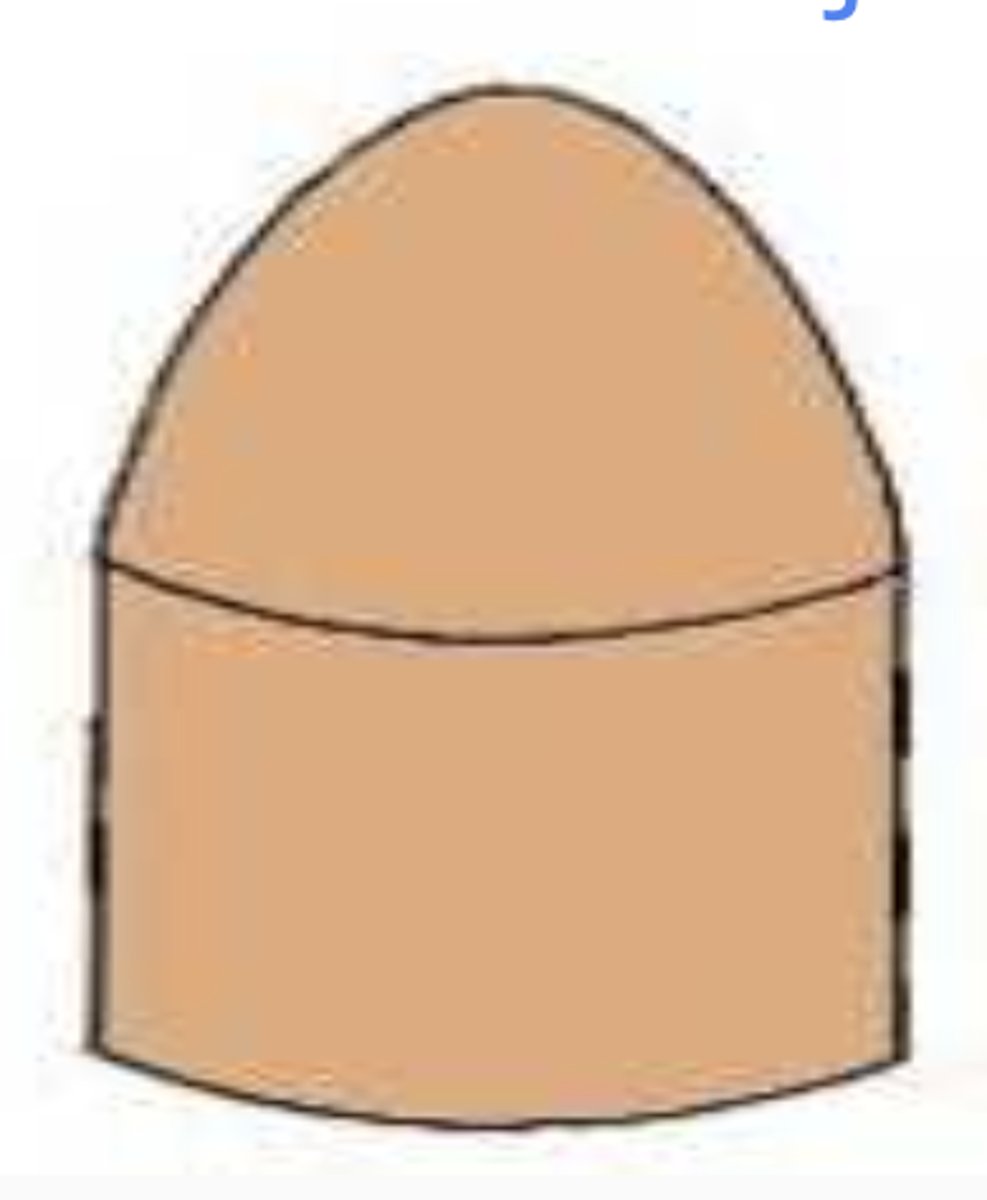
Jacketed soft point
Exposed top, can mushroom
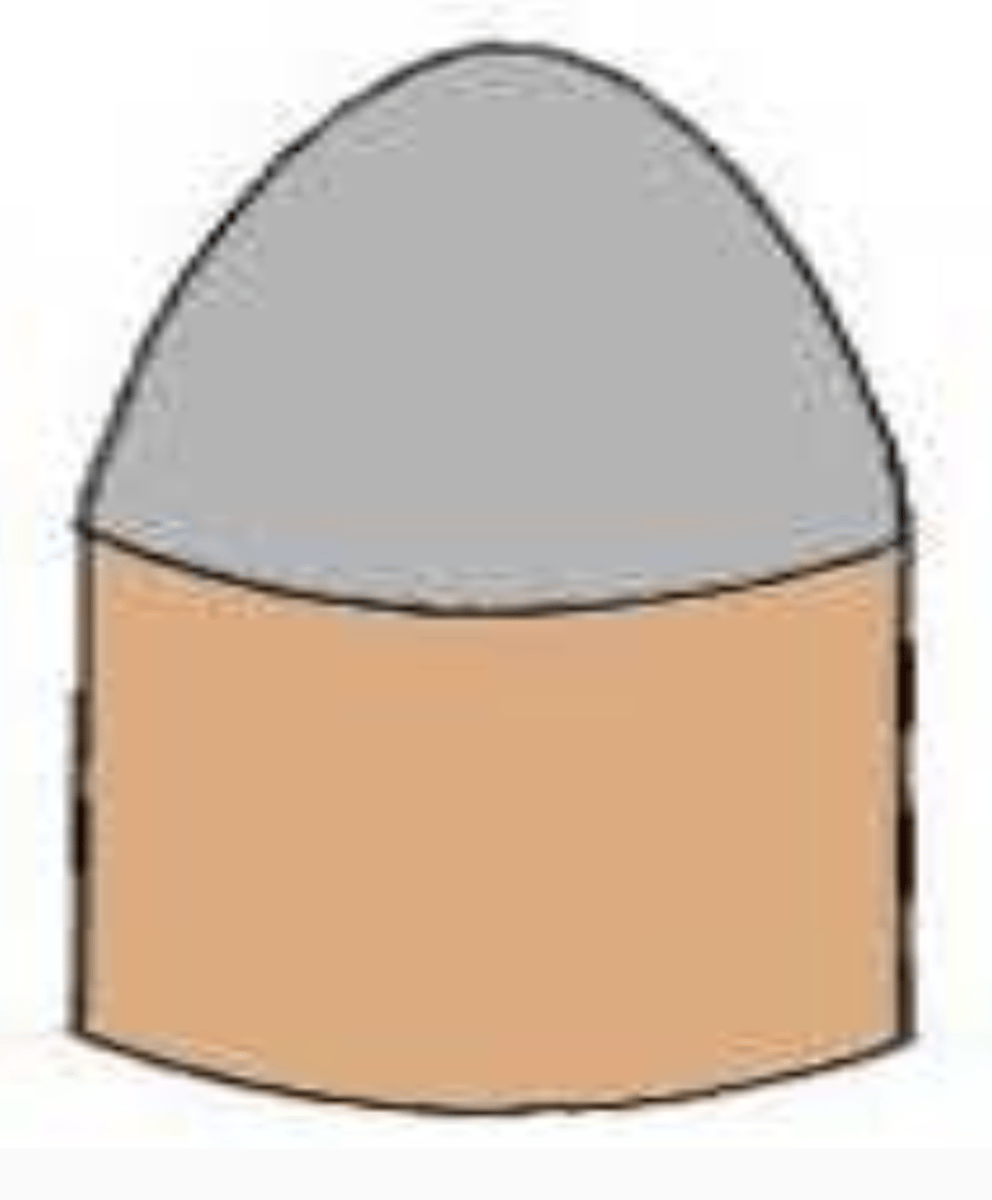
Jacketed hollow point
Illegal for general public to possess, can mushroom, inflicts more pain
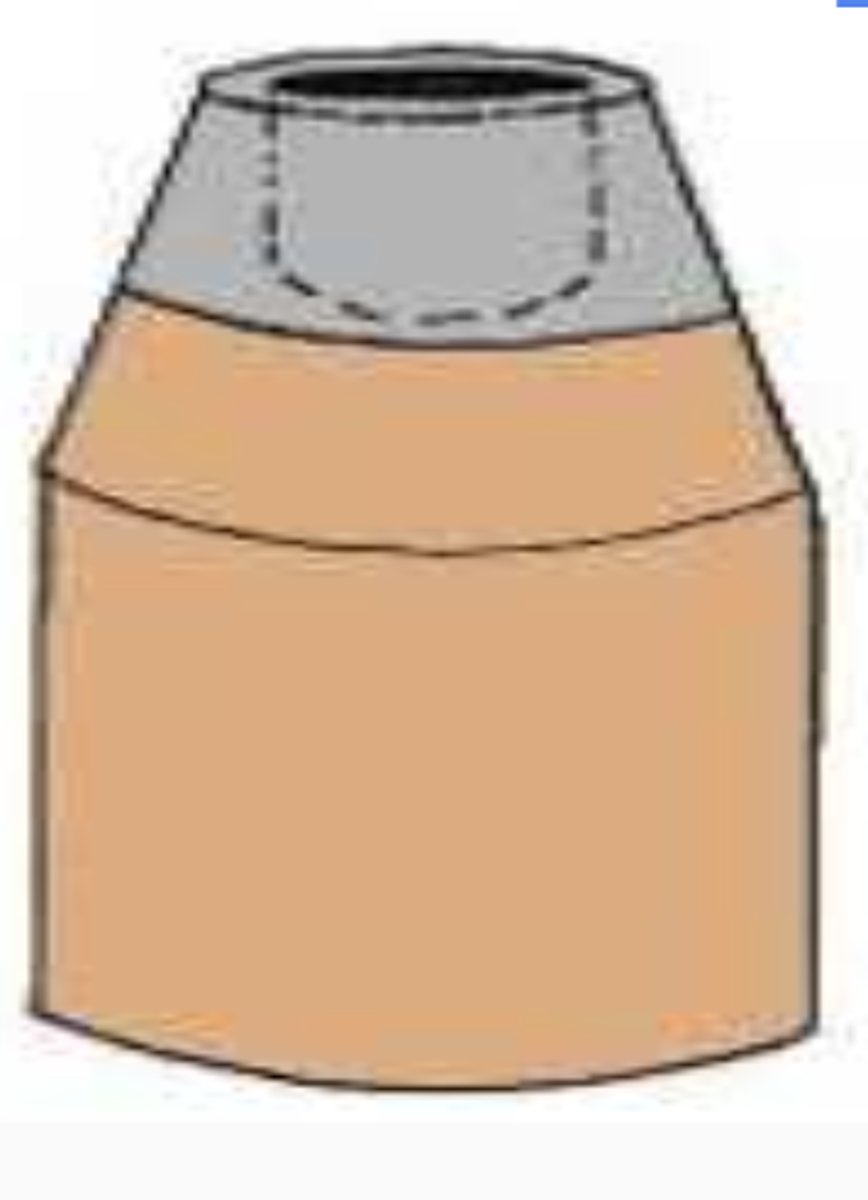
Lead round nose
Not jacketed, simplest type
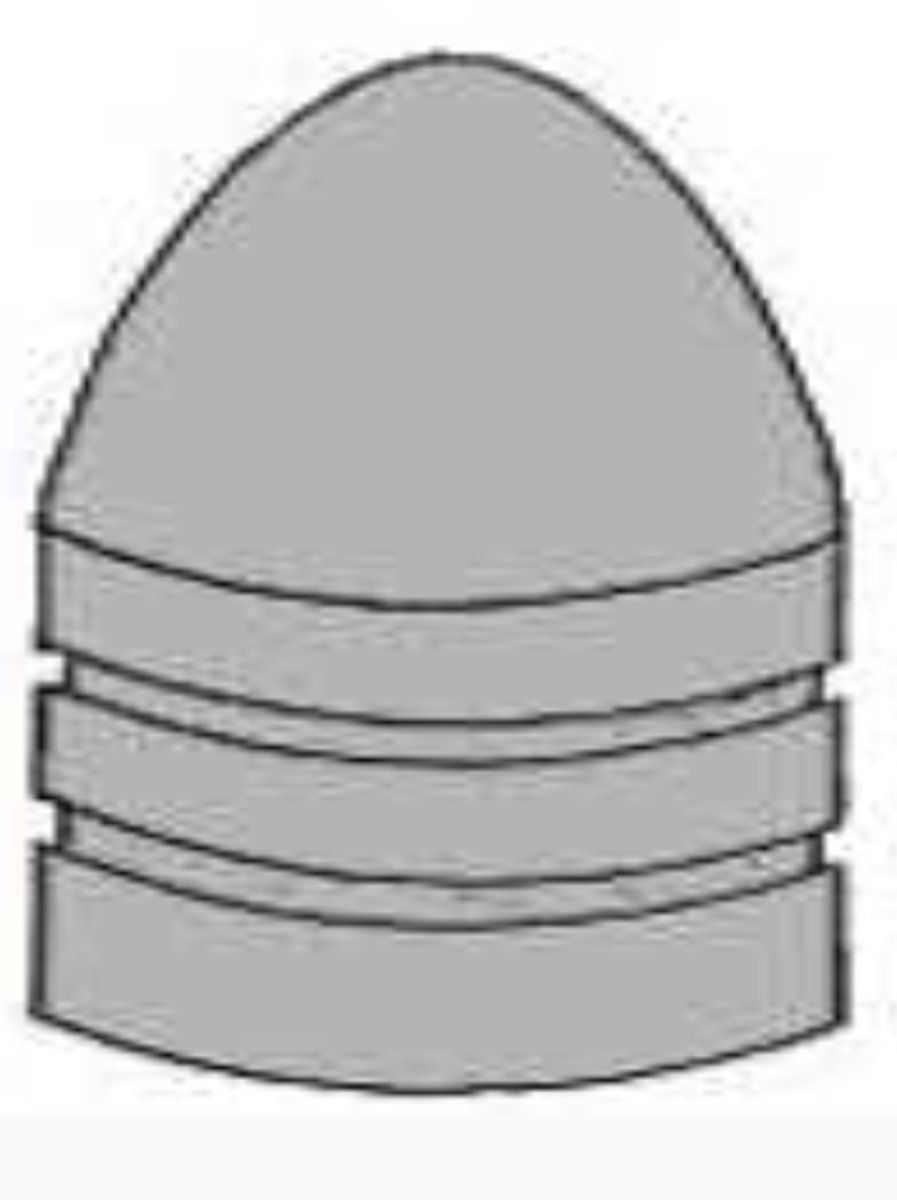
Semi wad-cutter
Flat top, used for target practice
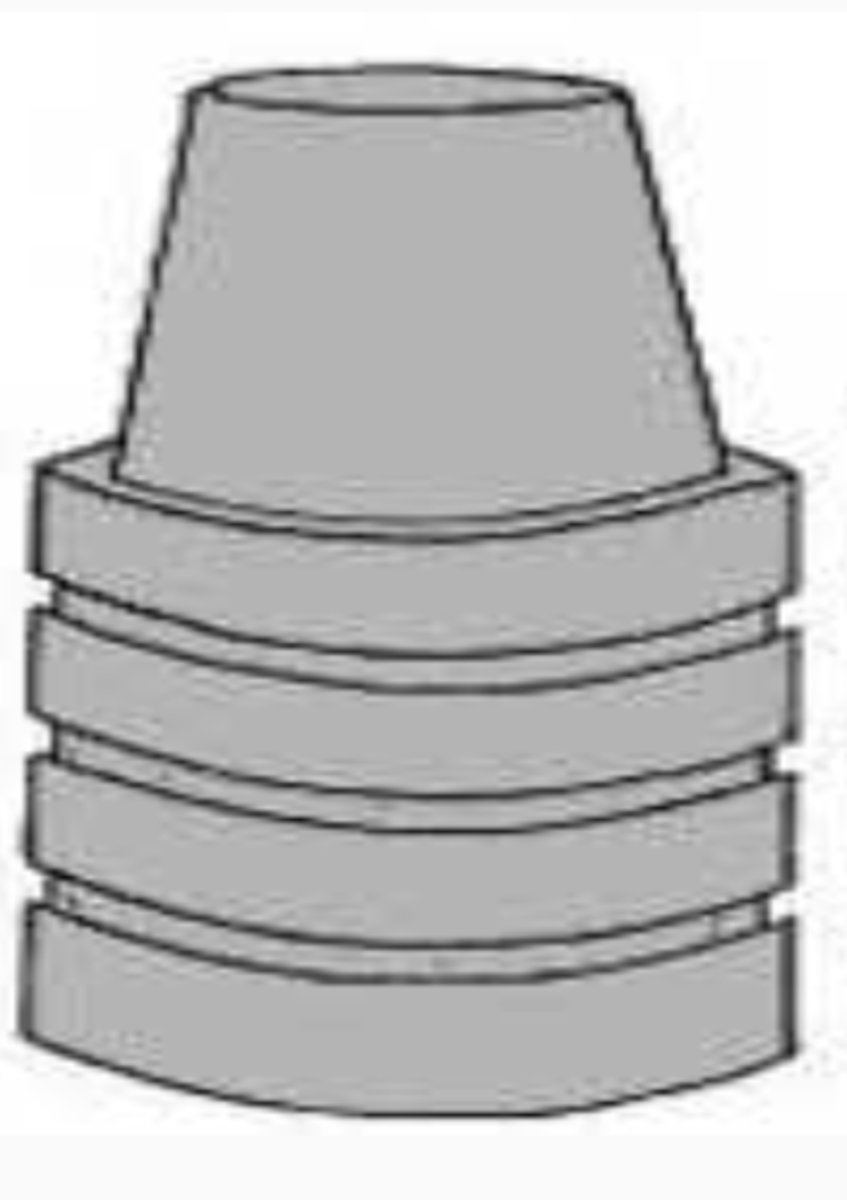
Wad-cutter
Not very pointed (basically a cylinder), used for target practice
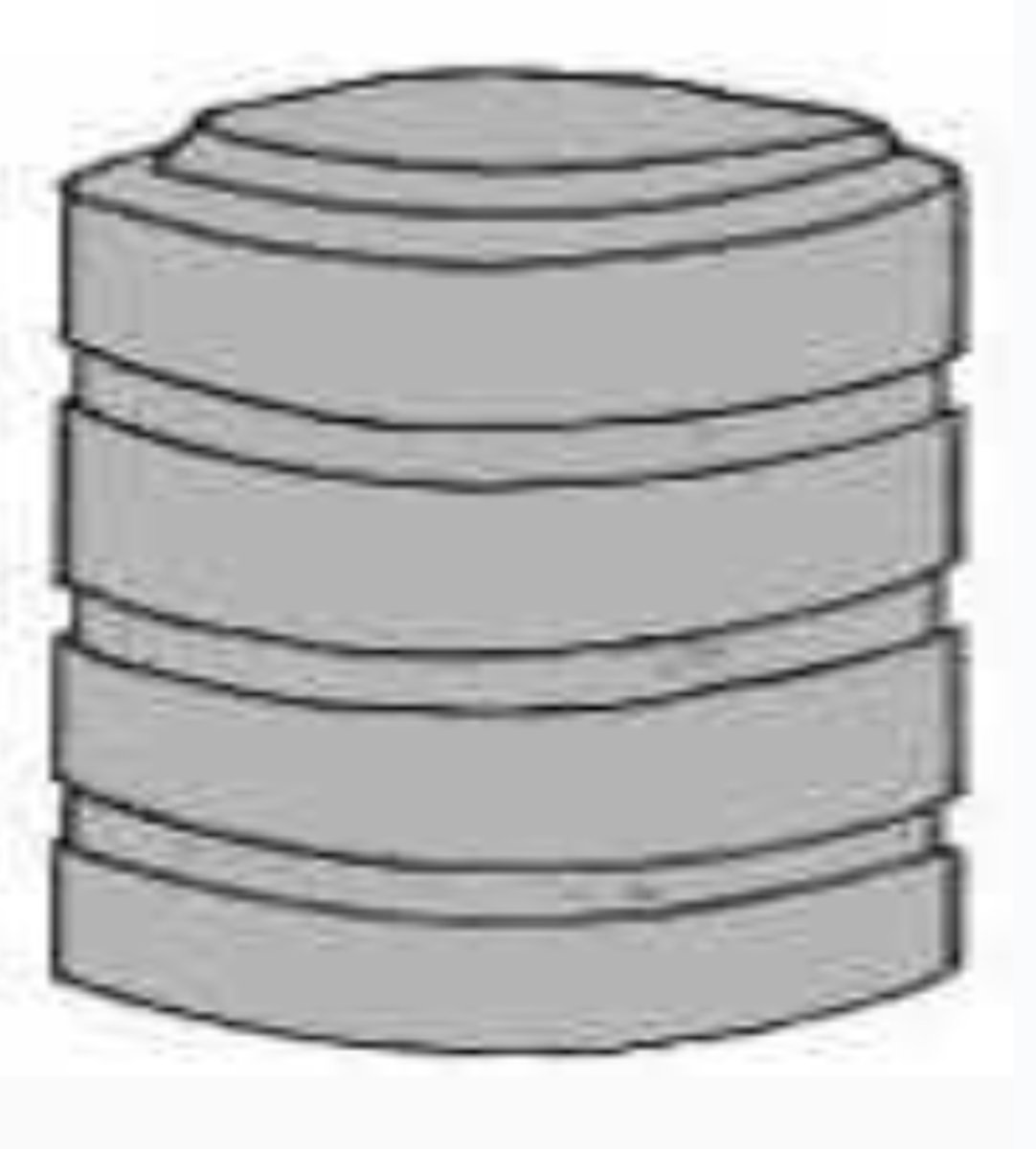
Which types of bullets are more common?
Full metal jacket, jacketed soft point, jacketed hollow point
Mushrooming
Bullet expands out of its jacket once it penetrates a substance, making it hard to remove
Which types of bullets can mushroom?
Jacketed soft point, jacketed hollow point
Head stamp
Stamp on the cartridge case with brand, manufacturer, and size (in millimeters)
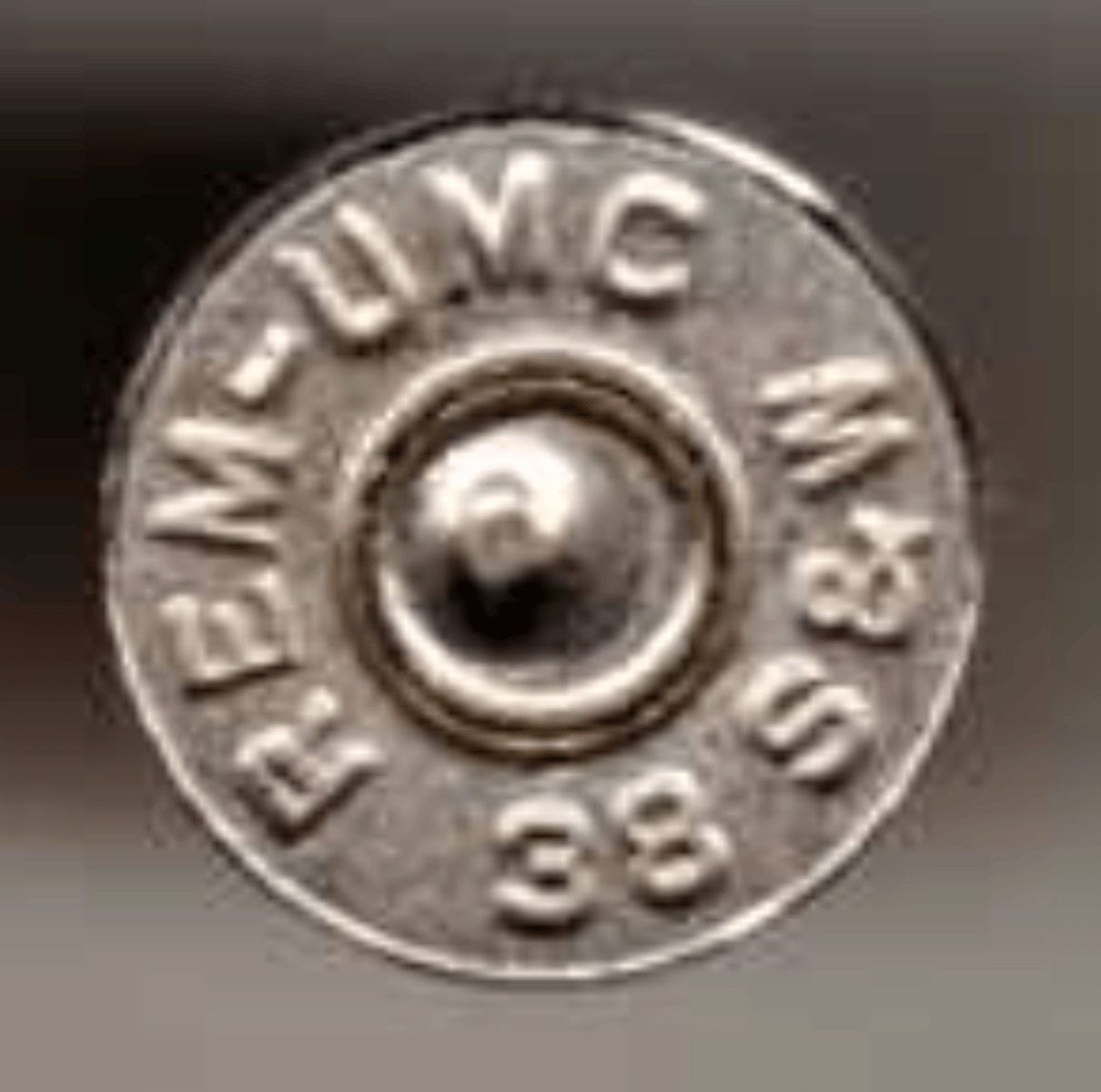
Rim or center fire
-Also shown on cartridge case
-The point where the firing pin hits the cartridge case
-Rim fire has an indentation on the edge, center fire has indentation in center
-Lets you know what type of gun was used
Ballistics evidence collection
1) Look for missed shots
-If embedded into a nearby surface cut out the section, DO NOT extract bullet
2) If gun is present:
-Always treat as if loaded
-Unload: remove magazine (record # of bullets)
-Package magazine and gun separately
-Preserve fingerprints and other evidence
3) Take back to lab for further investigation
At lab - firearm examiner
-Performs comparison analysis of bullets and cartridge cases using a microscope
-Match, inconclusive, or no match
Bullet examination and determination (class)
-Weight
-Dimensions
-Type (jacketed soft point, etc.)
-Rifling (lands and grooves, left or right)
-Cannelures (consistent ridge around it)
Bullet examination and determination (individual)
Striations: Individual evidence produced by movement in the gun, cleaning or manufacturing
-Can be from magazine or chamber
-The ONLY way to get individual evidence!
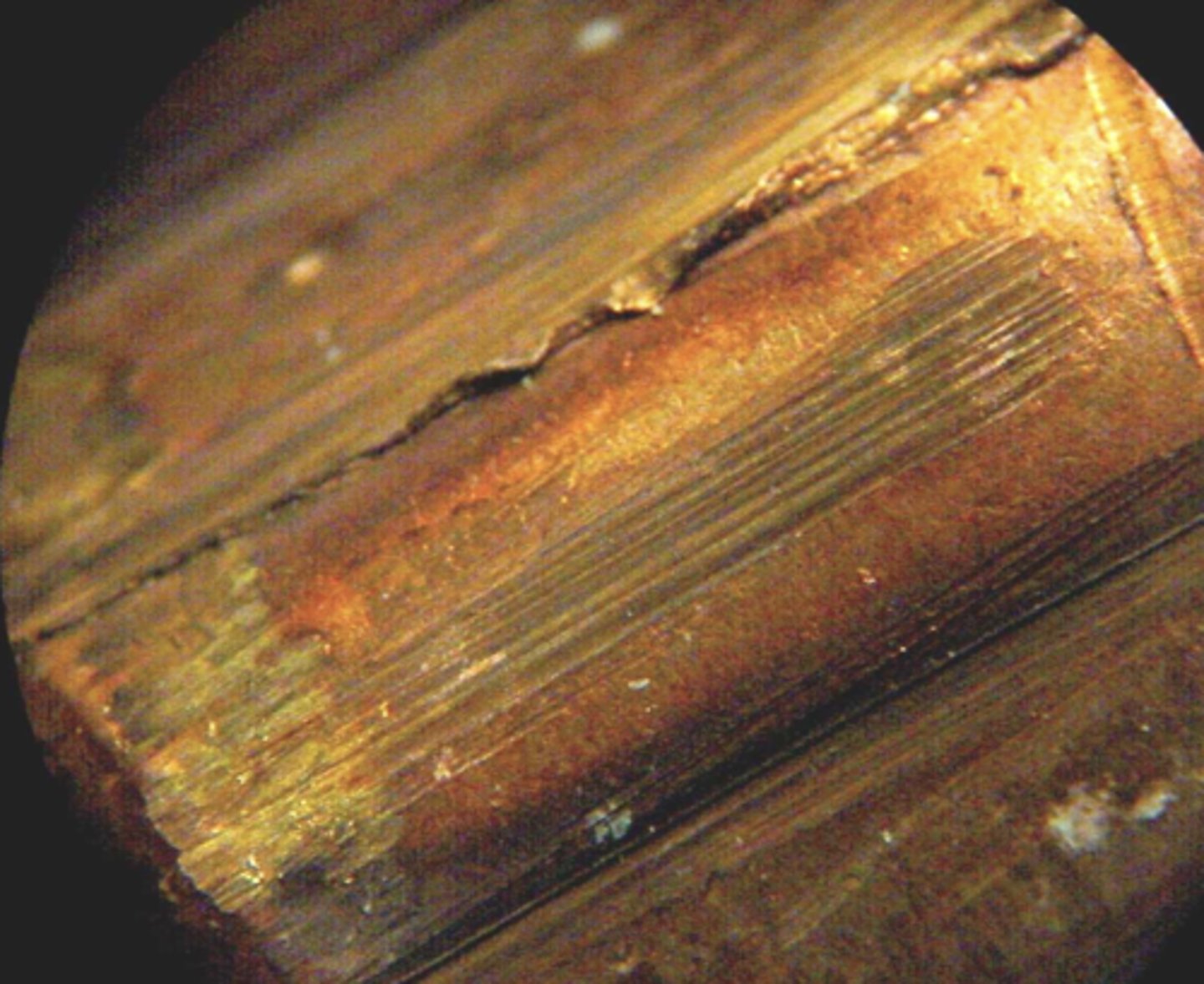
Cartridge case examination and determination (class)
-Dimensions
-Head stamp
-Rim or center fire
Cartridge case examination and determination (individual)
Can have unique impressions from firing pin, extractor, ejector, magazine, chamber, breech face
2 ways to determine the distance from shooter to victim:
-GSR analysis
-Trigonometry
Gunshot residue (GSR)
-When gases combust they propel the bullet, and gunshot residue blows out from ejector port and barrel
-As firearm gets closer, the residue concentrations increase
Where can GSR be found?
-On hand, sleeve, or foot of shooter
-On victim
-Around bullet hole
How many feet can GSR travel?
3-5 feet
Is GSR water soluble?
No - will remain on clothing unless burned or disposed of
Griess Test
-Detects nitrites, a product of combustion
-Performed first (does not interfere with later tests)
-Use iron to transfer material from clothing to sheet of paper, test paper with spray chemical
-Results in orange specks
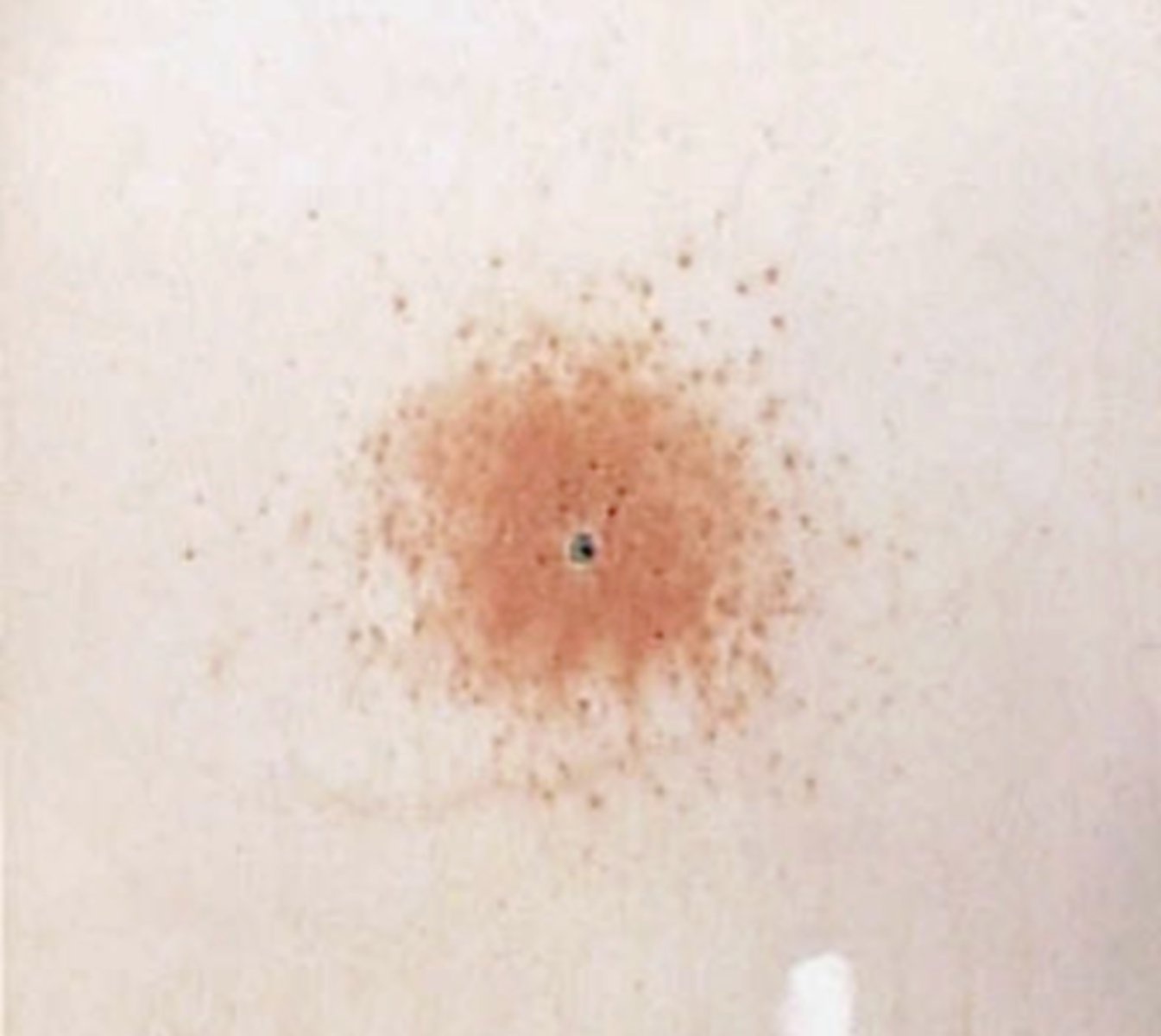
Sodium Rhodizonate Test
-Detects lead
-Results in bright pink
-Done directly on the surface
